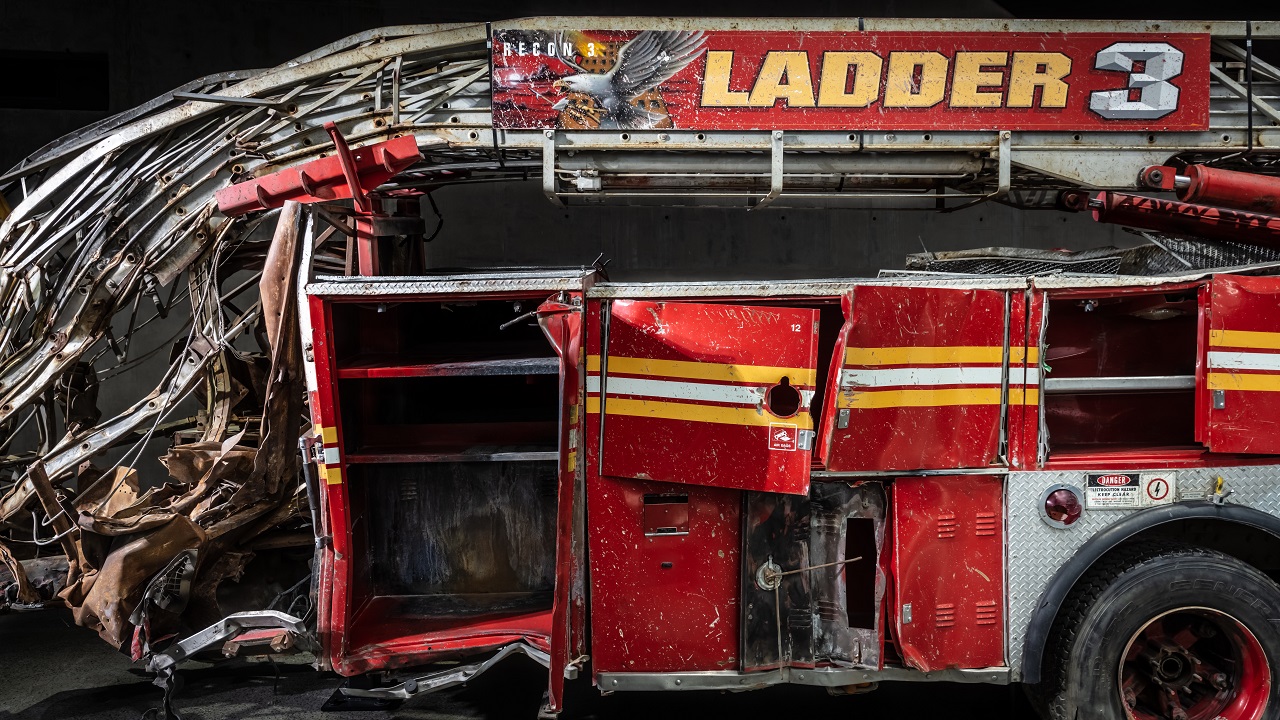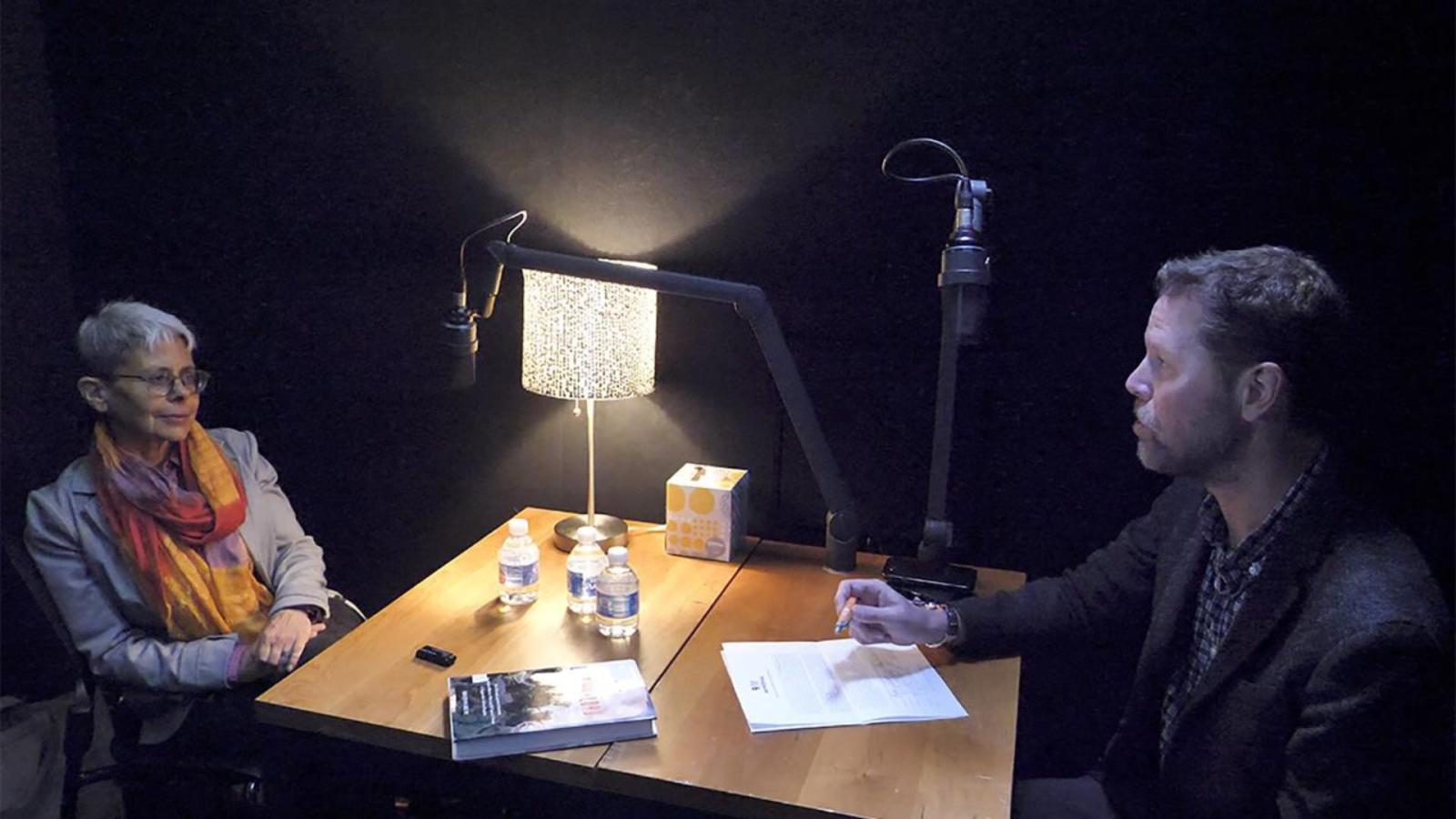Make a donation to the museum
The Collection
The 9/11 Memorial Museum’s permanent collection is an unparalleled repository consisting of material evidence, first-person testimony, and historical records of response to February 26, 1993 and September 11, 2001 and the ongoing repercussions of these terrorist events. To date, the Museum has acquired 82,000+ artifacts that document the fate of victims, survivors, and responders.
Inside the Collection
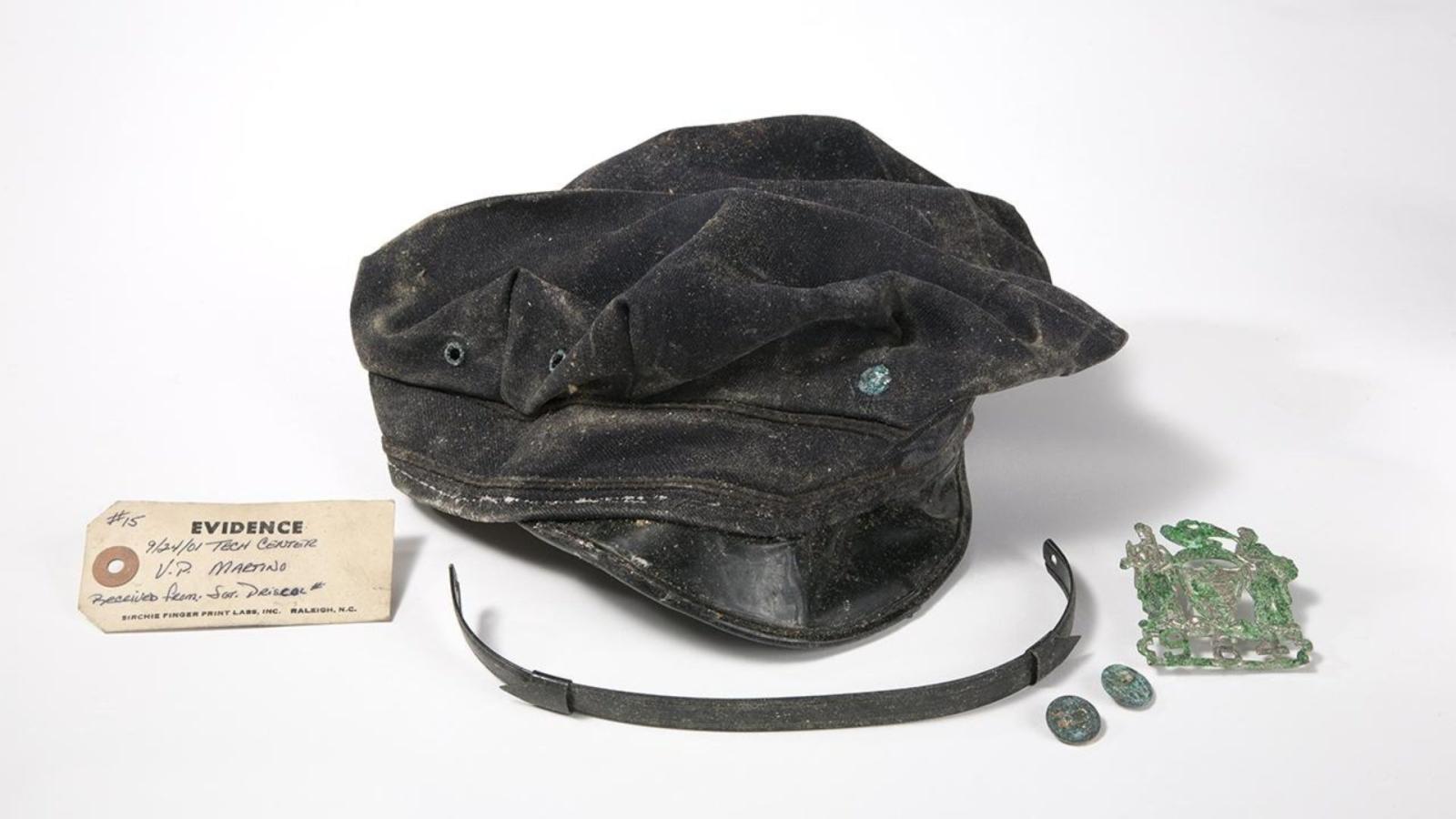
Collection 9/11 Memorial Museum, Gift of Retired Port Authority of NY&NJ Police Officer Sharon A. Miller. Learn more at Inside the Collection.
To learn more about the scope of the Museum’s permanent collection, please visit Inside the Collection, an online catalog with a searchable database of select objects. The database is continually growing to bring more of the Museum’s rich holdings to a wider audience. The 9/11 Memorial & Museum is the proud recipient of a grant to create the Shelby White & Leon Levy Digital Archives Initiative at the 9/11 Memorial & Museum, which will fund the acquisition of a digital asset management system (DAMS) serving as the Museum's first centralized repository of digitized and born-digital collections and institutional archive materials.
Conservation
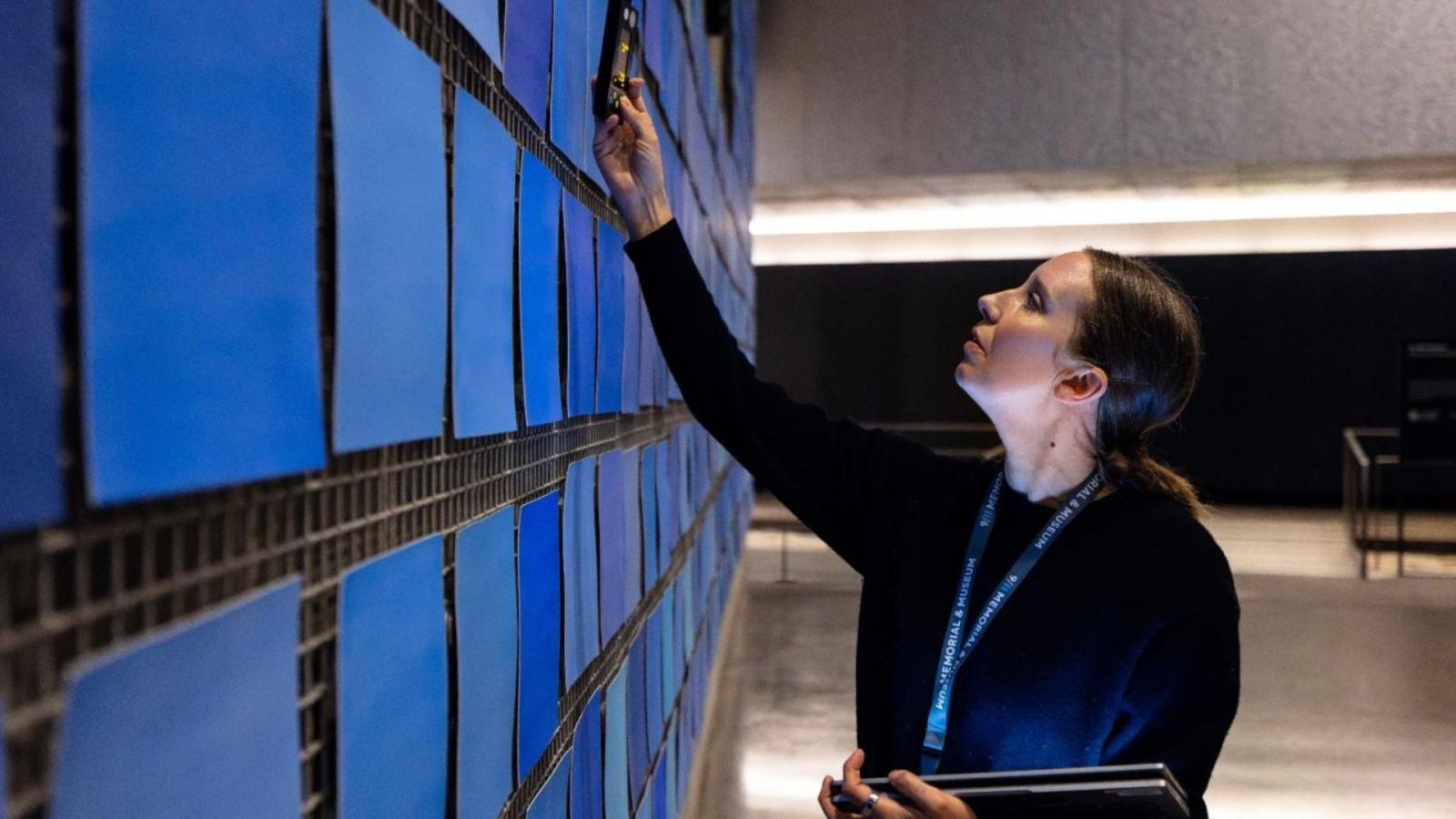
Our team preserves and protects the material legacy of 9/11. Learn more about how collection's stewardship preserves the story of 9/11 and how you can support this important work.
Give to the Collection
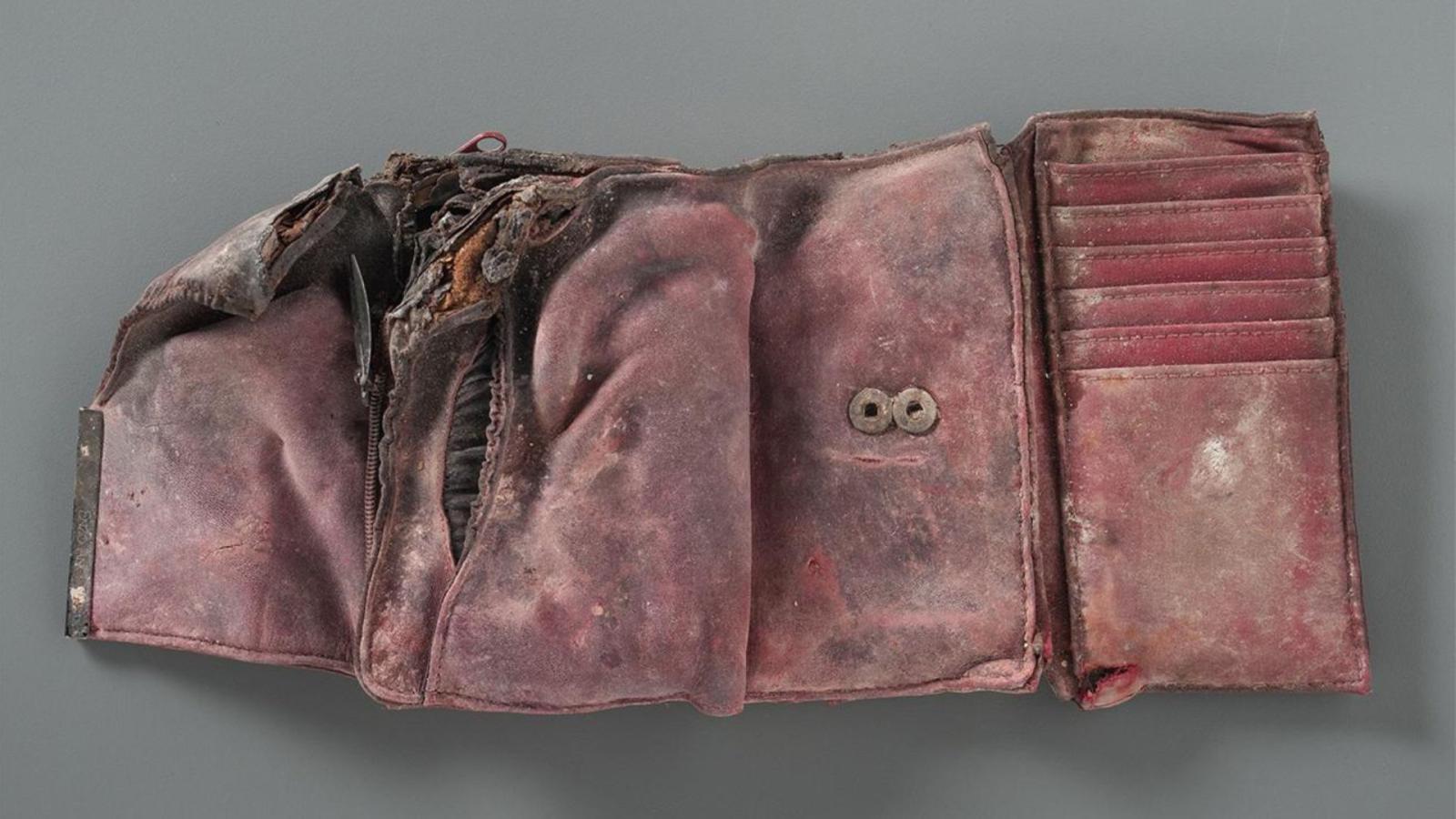
Collection 9/11 Memorial Museum, Gift of Anthony and Maryann Gambale, in Memory of Giovanna Gambale. Learn more at Inside the Collection.
The Museum is actively accepting donations to the permanent collection. If you have objects, documents, or images of a historical or commemorative nature, or a story to share that you believe might be of interest to the Museum, please tell us about them by using the link below.

Quilts from the collection on view at the National Quilt Museum in Paducah, KY.
Outgoing Loans
To help fulfill its mission, the Museum may choose to lend items from its collections for exhibition and educational purposes to other non-profit cultural and educational institutions, archives and museums.
